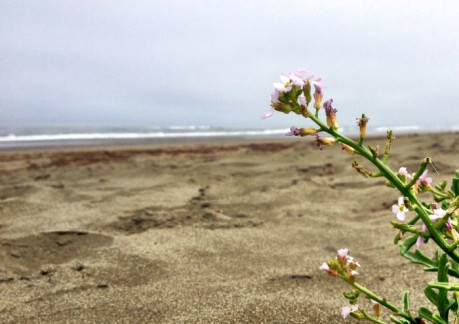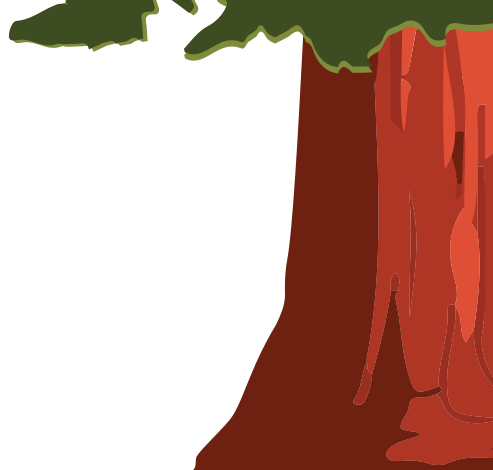Hidden dunes a picnic paradise
- Address: Samoa SMCA
- Samoa, CA 95564
- Visit Website
Samoa State Marine Conservation Area
By Jennifer Savage, Adventure Columnist March 16, 2015
You might not know you’re adjacent to a ocean conservation area – the beach stretches for miles in either direction with only subtle changes – but right off the Ma-l’el Dunes, south of the Mad River, lies one of Humboldt County’s best picnic beaches. What makes it so special? In less than 30 minutes of walking, you’ll find yourself one of the only people on the beach, feeling far away from life’s daily grind, all while surrounded by the intricate dune flora and fauna on one side, and the great Pacific on the other.
This part of the Pacific holds within it the Samoa Samoa State Marine Conservation Area, one of 20 marine protected areas (MPAs) making up the North Coast network that stretches from the Oregon border to Alder Creek, just north of Point Arena. Beyond that, another hundred MPAs connect the dots to the Mexican border. California, once again a leader in ocean conservation, is the only state in the nation with such a network. All over the world, however, marine protected areas have been in place for years, sometimes decades, consistently resulting in more and bigger fish by sheltering the habitat they live in.
This is great news for the fish themselves, of course, and also for those whose livelihoods depend on sustainable fisheries. Many marine protected areas are off limits to all fishing in order to better protect the different species inhabiting them, but some – like the Samoa State Marine Conservation Area – allow for some types. In the Samoa SMCA, it’s okay for recreational fishermen to catch salmon by trolling, also they can catch surf smelt by dip net or Hawaiian type throw net and Dungeness crab by trap, hoop net or hand. Commercial fishermen can similarly catch salmon with troll fishing gear, surf smelt by dip net and Dungeness crab by trap. (Appropriate licenses required.)
Regardless of whether or not you fish, spending a few hours or a whole day alongside the protected area is wonderful and full of ways to maximize the fun. The MPA is within the Mad River County Park, which is consists of the beach paralleling the coastal dunes and a large parking area with a boat ramp allowing access into the Mad River – even at low tide, you can paddle a canoe or kayak up- or downstream, so the particularly ambitious might want to make a day of the area.
You’ll work up an appetite in any case, jaunting south down the beach until you’re far enough away from the rest of the world to spread out your blanket.
If you visit from the south side, you’ll have the opportunity to explore the multifaceted Ma-l’el Dunes along the way. Featuring several transitions from one ecosystem to the next, the dune trails wind though forest that gives way to wildflowers and other delicate-but-tenacious beach plants. You can find maps and guides online via Friends of the Dunes (friendsofthedunes.org) or by stopping in the Humboldt Coastal Nature Center, slightly to the south. The laminated plant and wildlife guides are highly recommended – it’s surprising how many different plants and animals reside in what appears to be a rather simple landscape at first.
The northern part of the Ma-le'l Dunes is part of the Humboldt Bay National Wildlife Refuge system– please note that the road to the northern parking lot is closed to vehicles on Tuesdays, Wednesdays and Thursdays in order to allow visitors a better “wilderness” experience.The southern part is managed by the Bureau of Land Management (BLM) with plenty of parking. Dog walking and equestrian use on designated trails is welcome.
Since the wind often comes up in the afternoons, bringing a jacket or hoodie, and definitely a snug hat, is recommended later in the day. It's also a great time to fly a kite if you have one – and if you don’t, a great reason to get one.
For all its wondrous nature and exploration opportunities, the peninsula lacks in commercial businesses. Make sure to pack your lunch or stop at one of Arcata or Eureka’s fine markets to pick up your favorite pre-made goodies. And, of course, don’t forget to pack it out!
To learn more about California’s marine protected area network, visit californiampas.org or yournec.org.
Jennifer Savage is the Coastal Programs Director of the Northcoast Environmental Center. Her story was originally published in The Emerald Magazine.







